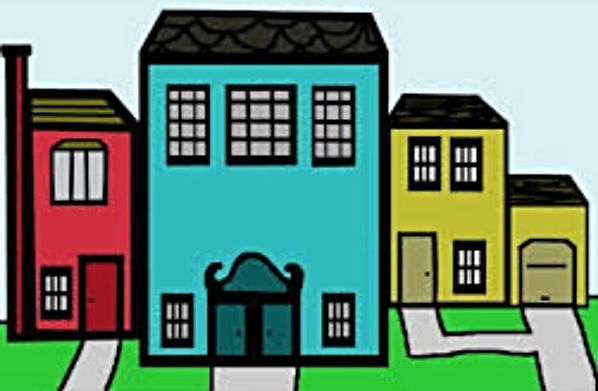Speaking earlier this month to the congressional Joint Economic Committee, Federal Reserve chief Janet Yellen delivered a relatively upbeat appraisal of America’s near-term economic outlook: “With the harsh winter behind us, many recent indicators suggest that a rebound in spending and production is already under way, putting the overall economy on track for solid growth in the current quarter.” She then sounded a “cautionary note” about the U.S. housing market: “Readings on housing activity — a sector that has been recovering since 2011 — have remained disappointing so far this year and will bear watching.” In fact, said Yellen, “the recent flattening out in housing activity could prove more protracted than currently expected rather than resuming its earlier pace of recovery.”
Such concerns have been growing, especially after the federal government reported that sales of new single-family houses declined by 14.5 percent during the month of March. Just last Thursday, the National Association of Home Builders and Wells Fargo released their monthly Housing Market Index, which dropped to its lowest level since May of 2013.
On the other hand, according to Friday’s report on new residential construction, April witnessed an 8 percent jump in building permits for privately owned housing units and a 13.2 percent spike in privately owned housing starts. “If nothing else,” writes Neil Irwin of the New York Times, “the numbers help assuage fears that the housing industry is losing momentum.” But he adds a huge caveat: “The entirety of the improvement is coming from more building of housing in structures with five or more units, most commonly rental apartment buildings.” Indeed, building permits and housing starts for single-family houses barely increased at all, rising by just 0.3 percent and 0.8 percent, respectively.
“In other words,” says Irwin, “if you think that this housing recovery involves any meaningful increase in the number of traditional, suburban single-family homes with a yard and picket fence, you have it wrong. The number of single-family homes started is well below its level of late last year and still at February 2013 levels.”
Drilling deeper into America’s housing-market numbers, economists Atif Mian of Princeton and Amir Sufi of the University of Chicago recently compared various indicators from the peak bubble years with those from the past few years. They showed that, while house-price growth was actually faster from 2011 to 2013 than it was from 2004 to 2006, both the volume of cash-out refinancing and the number of new units constructed were much larger in 2005 and 2006 than in 2012 and 2013. Mian and Sufi thus concluded that we probably shouldn’t count on housing prices to deliver a major economic boost:
The sensitivity of economic activity to rising house prices is much lower today than it was prior to the Great Recession. This is due to a number of factors, such as the rise in investor purchases and the fact that the households who would be most likely to spend out of housing wealth are no longer homeowners. In fact, rising rents may dampen economic activity.
Ironically, the fact that house price growth has not contributed much to overall economic activity over the past few years implies that the economic consequences of stalled house price growth may be small. Slower house price growth will lower new residential construction, but it has been pretty weak anyway. And cooling the rapid rise in rents may actually help boost spending on other goods. The bottom line is that the U.S. economy will have to look for an engine other than housing to drive growth going forward.


